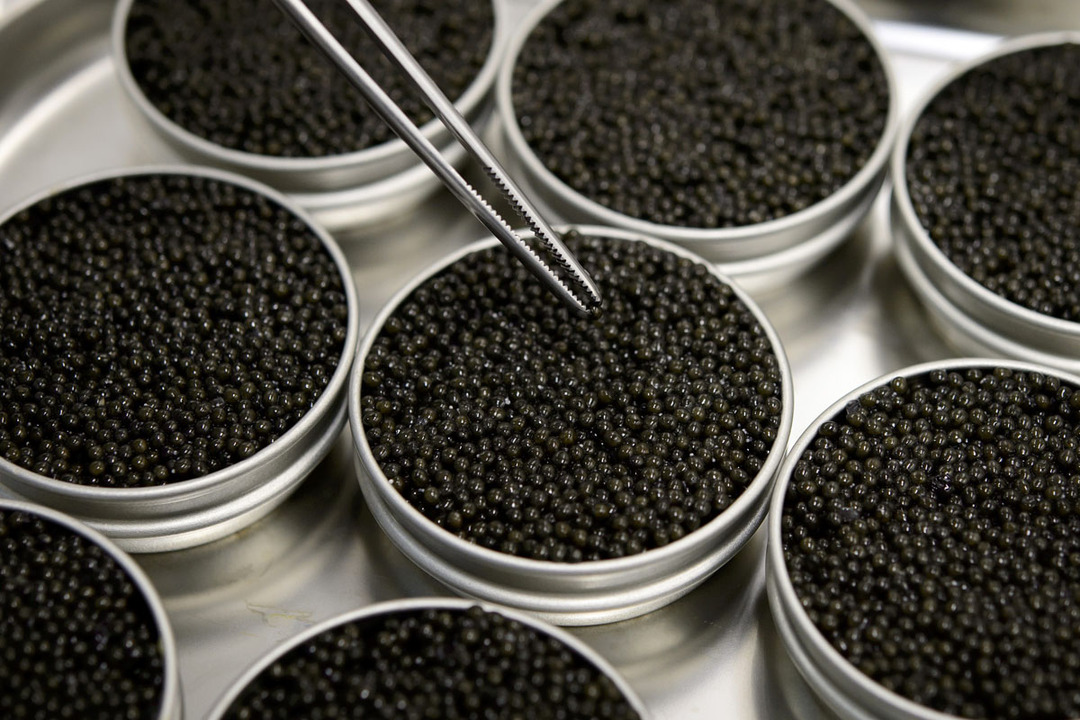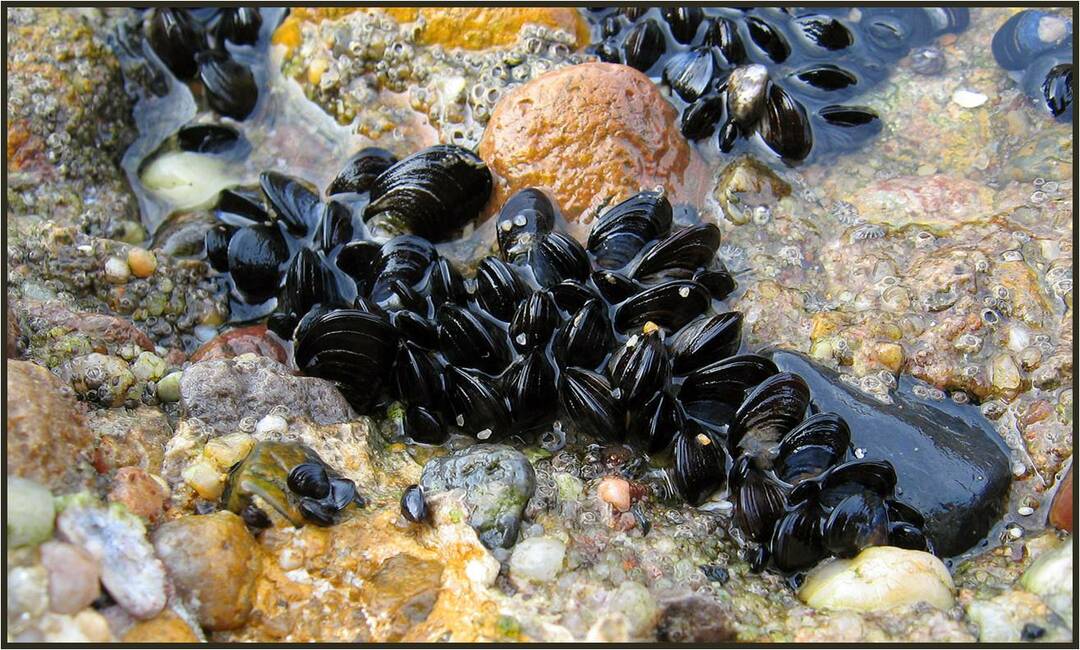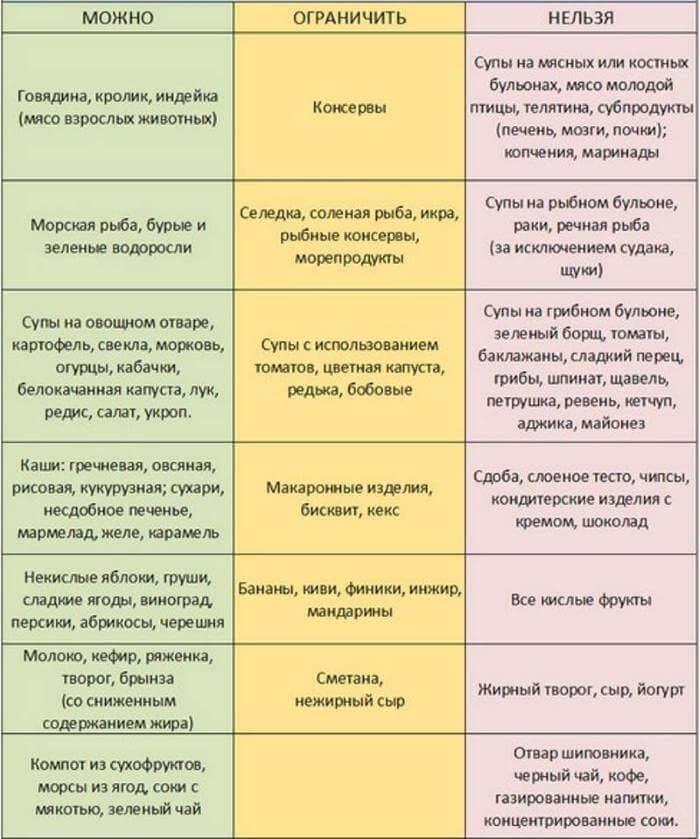Black walnut: good and bad
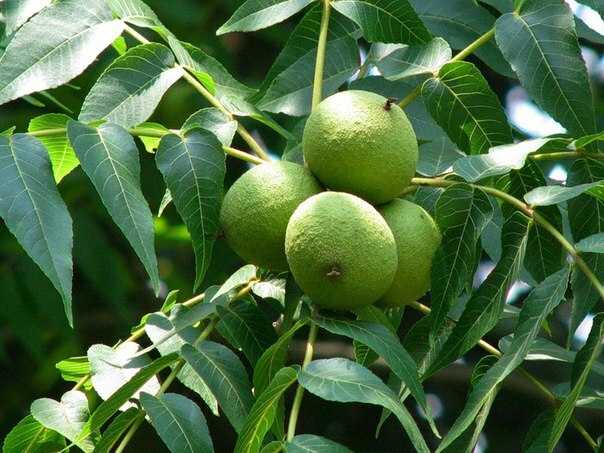 From North America to Europe, a black walnut was imported at the beginning of the XVII century, the Russians got to know this close relative of the walnut much later.The tree got its name because of the black color of the bark covering its trunk.
From North America to Europe, a black walnut was imported at the beginning of the XVII century, the Russians got to know this close relative of the walnut much later.The tree got its name because of the black color of the bark covering its trunk.
The fruits of black( or American, as it is also called) nut are much more familiar to all walnuts, green, covered with hairs.Getting to a pleasant taste of the kernel is very difficult, since the shell does not crack even with a strong mechanical effect on it.Therefore, black walnut can not be called a food product.
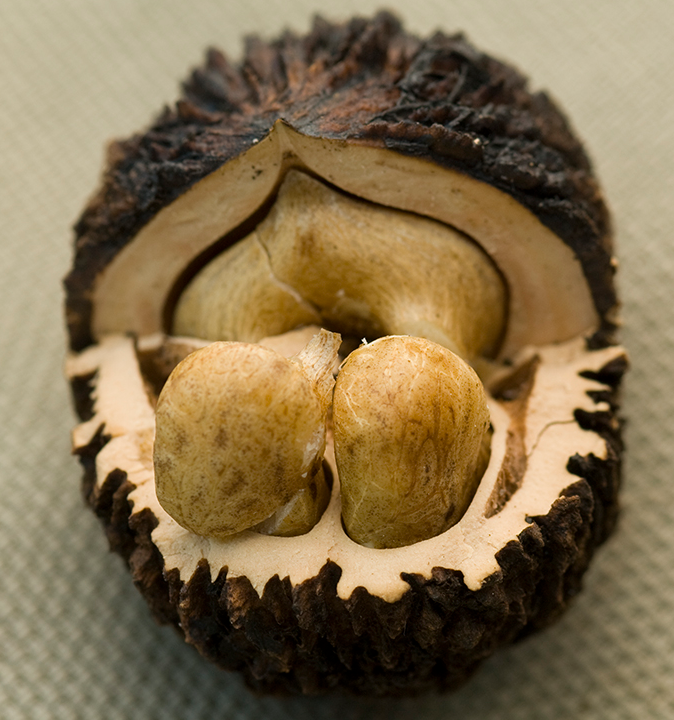 The main sphere of use is medicine( tinctures, ointments, extracts, decoctions, oils).Since ancient times, sorceresses have been treated with a black nut for children with rickets and advised patients with warts and scab, and American Indians from olden days called the black nut "the elixir of life" and used it for all kinds of ailments.Thanks to the work of the scientists of the Pyatigorsk Pharmaceutical Academy, at the end of the last century thoroughly studied this plant, the unique healing power of the black walnut became officially known to the general public.
The main sphere of use is medicine( tinctures, ointments, extracts, decoctions, oils).Since ancient times, sorceresses have been treated with a black nut for children with rickets and advised patients with warts and scab, and American Indians from olden days called the black nut "the elixir of life" and used it for all kinds of ailments.Thanks to the work of the scientists of the Pyatigorsk Pharmaceutical Academy, at the end of the last century thoroughly studied this plant, the unique healing power of the black walnut became officially known to the general public.
uniqueness and complexity of the chemical composition of black walnut
Nutritional value of 100 g:
- Calories: 618 kcal
- Proteins: 24,06 c
- Fat: 59 g
- Carbohydrates: 3.11 g
View full list »
- Dietary fiber: 6,8 gr
- Ash: 2,47 g
- Starch: 0,24 g
- Water: 4,56 g
- Mono and disaccharides: 1,1 g
- Saturated fatty acids: 3,368 g
Vitamins:
- Beta-carotene: 0.024 mg
- Vitamin A( RE): 2 μg
- Vitamin B1( thiamine): 0.057 mg
- Vitamin B2( riboflavin): 0.13 mg
- Vitamin B3( pantothenic): 1.66 mg
- Vitamin B6( pyridoxine): 0.583 mg
- Vitamin B9( folic): 31 μg
- Vitamin C: 1.7 mg
- Vitamin E( TE): 1.8 mg
- Vitamin K( phylloquinone): 2.7 μg
- Vitamin PP(niacin equivalent): 0.47 mg Choline
- : 32.1 mg
Macronutrients:
- Calcium 61 mg Magnesium
- : 201 mg Sodium
- 2
- mg Potassium 523 mg
- Phosphorus: 513 mg
Microelements:
- Iron:
- 3.12 mg Zinc 3.37 mg Copper
- 1360 mcg
- Manganese: 3.896 mg
- Selenium 17 mcg
chemical composition of the fruit andThe leaves of the American walnut are very complex.But it is thanks to this that the plant has no natural analogues.
As a result of laboratory tests, the following nutrients are found in the black nut:
- yuglon is a biologically active substance, a natural antibiotic and a preservative that has an antifungal, mild laxative and pronounced antiparasitic effect in parallel.Being absolutely non-toxic substance, it possesses powerful antitumor activity that allows to prescribe black nut preparations simultaneously with chemotherapy and thereby to facilitate its consequences.Juglon gives the fruits of a black nut an iodine smell;
- tannins are tannic( astringent) substances that promote the healing of damaged mucous membranes and skin.Forming on their surface a protective film, prevent infection of wounds;
- bioflavonoids, which strengthen the walls of blood vessels and exert lipotropic and antisclerotic action.They normalize blood pressure, accelerate the stopping of bleeding.
- anthocyanides related to flavonoids are potent antioxidants of natural origin.Derive salts of heavy metals, toxins, bind free radicals;
- organic acids and vegetable fats;
- a lot of vitamins: ascorbic acid( 50 times more than citrus), vitamin A and its precursor beta-carotene, all B vitamins;
- micro- and macro elements: selenium, magnesium, iron, silicon, potassium, phosphorus, manganese, cobalt.
How useful is an American black nut, and where are the preparations containing it?
The action, which has on the human body preparations containing a black nut, amazes with its versatility.They stop pain and relieve the symptoms of inflammation, help stop bleeding, resorption of scarring and healing of skin and mucosal defects.It is proved that the black nut is active against many pathogenic bacteria, fungi and helminths.It "cleanses" blood and lymph, stimulates the immune system, is an antioxidant, used as an antiemetic, antispasmodic and astringent.For the first time, Hilda Clark, MD, from the United States, spoke about the use of black walnut in the treatment of oncological and parasitic diseases.
Indications for the appointment of drugs containing black walnut, very, very extensive:
-
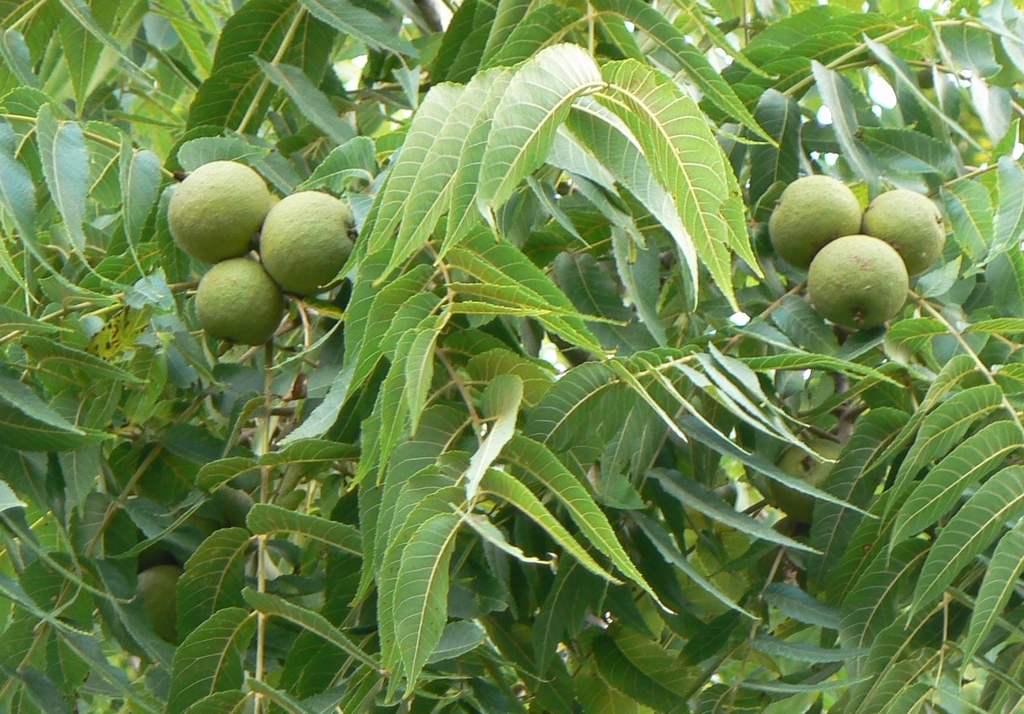 diseases of endocrine glands( thyroid, pancreatic, etc.);
diseases of endocrine glands( thyroid, pancreatic, etc.); - pathology of the musculoskeletal system( polyarthritis, osteochondrosis, arthrosis and arthritis, etc.);
- allergic, fungal, bacterial, viral skin lesions;
- Multiple Sclerosis;
- malignant and benign neoplasms of various organs;
- chronic intoxication( alcoholic, nicotine, etc.);
- helminthic infestations;
- migraine and chronic fatigue;
- gynecological diseases, diseases of the urinary and digestive system;
- tuberculosis of bones and lungs;
- cutaneous systemic lupus erythematosus, rheumatism;
- malaria and many other diseases.
Contraindications to the use of black walnut and its containing preparations
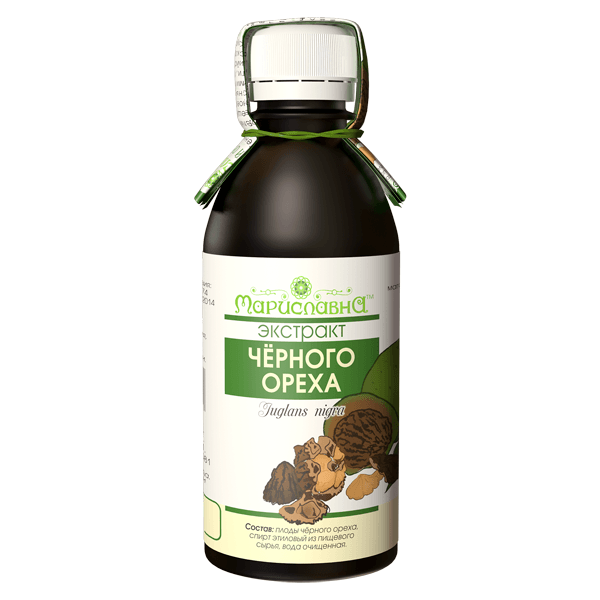 Due to the pronounced biological activity of some substances that make up the black nut, its preparations are contraindicated in children under two years of age, pregnant and lactating women.Do not use them to people who at least once had signs of an individual drug intolerance.Very carefully it is necessary to be treated by a black nut to the people, suffering a peptic ulcer, a cirrhosis of a liver, a thrombophlebitis, an alcoholism.
Due to the pronounced biological activity of some substances that make up the black nut, its preparations are contraindicated in children under two years of age, pregnant and lactating women.Do not use them to people who at least once had signs of an individual drug intolerance.Very carefully it is necessary to be treated by a black nut to the people, suffering a peptic ulcer, a cirrhosis of a liver, a thrombophlebitis, an alcoholism.

